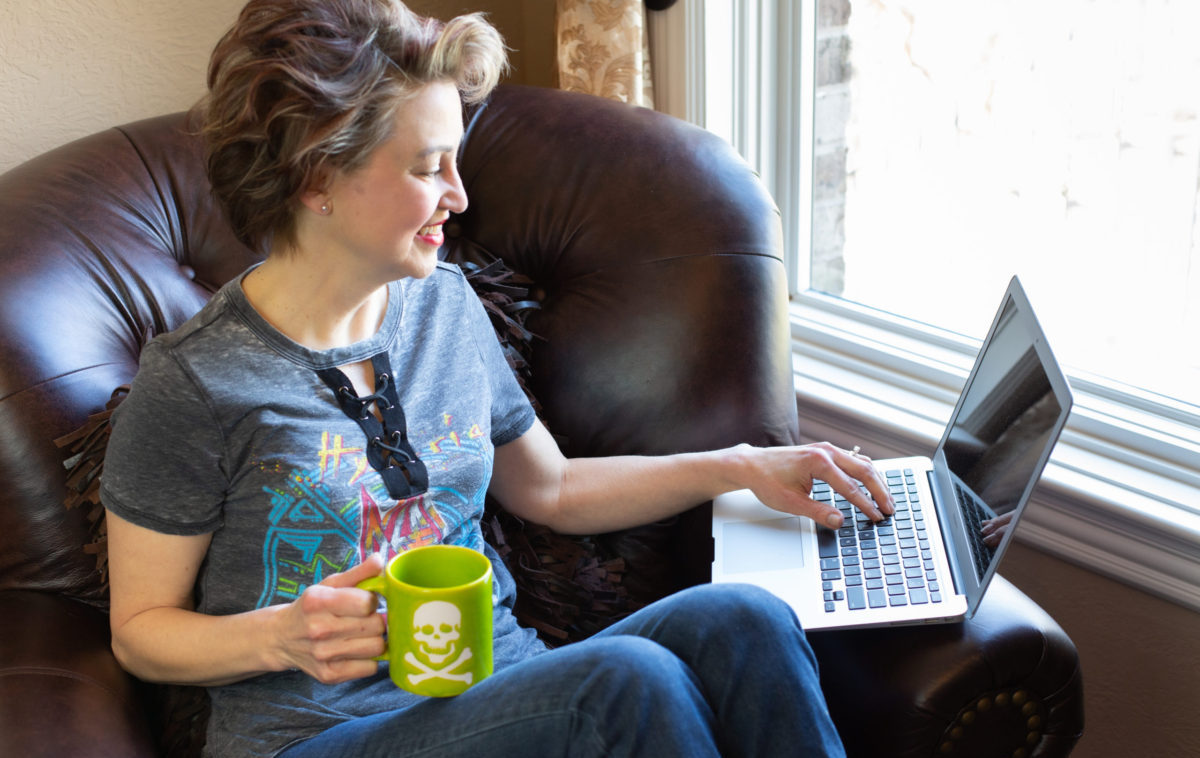
It’s my mom’s birthday and I’m reflecting on some of the work she’s done so far: Registered Nurse, Director of Nursing, Sunday School Teacher, and now a Christian Counselor. These jobs share a common thread: compassion. Being the well many draw from saps her energy and she has to intentionally replenish it. Can you relate? If you are a parent, teacher, or in any type of care-giving role, what you assume is burnout due to the constant stress, change, and loss thanks to COVID-19 may be Compassion Fatigue (CF).
What is it?
Also known as secondary traumatic stress, CF is one of your body’s defense mechanisms. You become emotionally and physically exhausted when you’re repeatedly exposed to stressful events. This can leave you numb to others’ suffering. The condition is usually associated with health-care workers, but anyone who is consistently exposed to someone else’s hardship (e.g., first responders, clergy, public librarians) can experience it. CF can also be caused by a heavy workload, excessive demands, and long hours. For example, the mom working from home while supervising her children’s online school is a candidate for CF. You’re particularly susceptible if you watch a lot of news, have too many priorities competing for your energy, or work in a dangerous environment. Remember, since COVID-19 began, environments once considered innocuous are now seen as dangerous (e.g., grocery stores). Any time you have less energy, add more fatigue, then have to expend more energy, you are at risk. For example, you’re worried about your at-risk parents’ health while you are working longer hours, then a friend tests positive for COVID-19.
What Does it Look Like?
Symptoms of CF can be both physical and emotional. Watch for these behaviors in both yourself and those you interact with:
Physical:
- Distracted, forgetful, withdrawn
- Aches, pains, nauseous, insomnia
- Work absenteeism, unproductive, relationship conflicts
- Self-medicating/Substance abuse (food, alcohol, drugs, gambling, more work)
Emotional:
- Helpless, sad, hopeless, isolated
- Anxious, worried, overwhelmed, depressed
- Irritable, restless, tense, self-doubt
- Dissatisfied with self and/or job
What Can You do About it?
Self-awareness: When you feel three or more of the above symptoms, define your triggers. When you just don’t care anymore, why is that? What is the root of the stress? What can you control? Will you accept help from others at home? Can you delegate tasks at work?
Boundaries: Prioritize your needs over what others need from you. Set, maintain, and enforce limits for: work-life integration, time spent scrolling through social media, care giving, realistic expectations.
Self-care: Do something everyday that boosts your energy: eat well, exercise, read, listen to music, drink water, journal, sleep, meditate, pray, talk to a friend, spend time in nature, laugh.
Compassion Fatigue should not be normalized, but talking about it openly should be because it’s not going away. Everyone has a new, longer-term complication and they want your support. For example, adjusting to emerging working conditions (e.g., remote, in-office, hybrid), concern for their young children going back to school, or comfort after the death of a loved one. Figuring out how to balance restoring, conserving, and giving away your energy is a key to effectively helping those you love and work with.
Are you experiencing Compassion Fatigue? What measures are you taking to recover from it? Please share in the comments.









